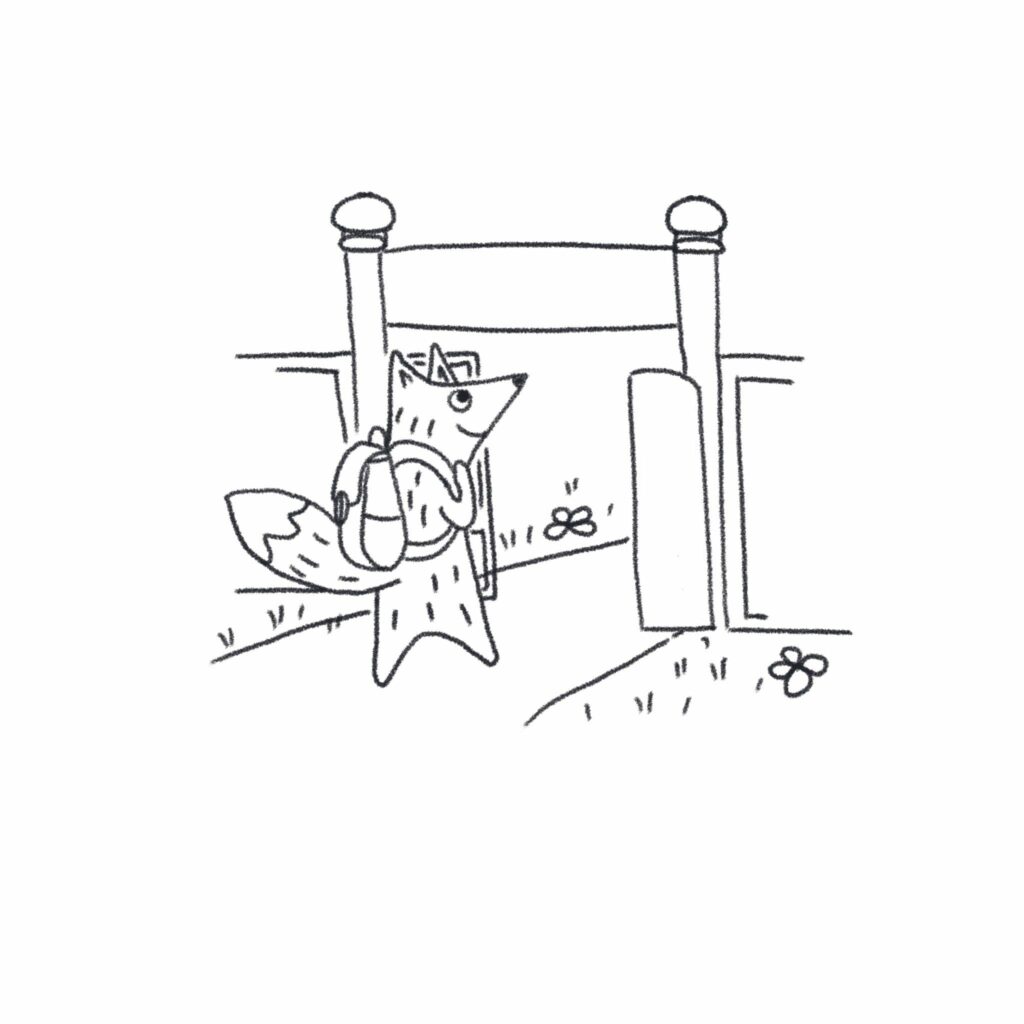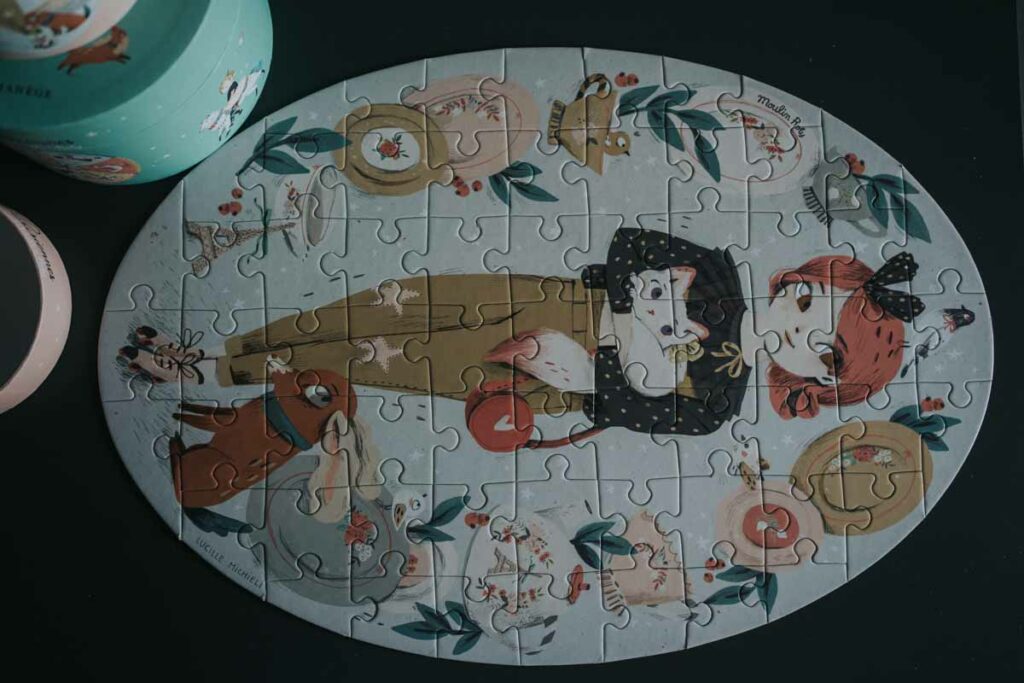Find it hard to believe an easel is essential? It’s actually a brilliant piece of equipment to have around, for many more reasons than painting.
Easels encouage children’s wrists to bend upwards, in the same way they do for writing.
Standing at an easel is also good for upper arm and shoulder strength, which in turn provide the wrist with more stable support.
How do vertical surfaces improve pencil grip?
Writing on vertical surfaces, such as chalkboards, whiteboards, or easels, will help your child hold a pencil better.
When a child writes or draws on a vertical surface, they are naturally encouraged to hold the pencil in a more efficient and ergonomically appropriate manner.
In terms of wrist position, a vertical surface promotes what’s known as “wrist extension” and “ulnar deviation”. These terms refer to the upward angle of the wrist and slight tilt of the hand to the little finger side, respectively. This position allows the fingers to move more freely and control the pencil better, leading to a more effective pencil grip.
By practicing this movement, children can develop a dynamic tripod grip, which is considered the most efficient pencil grip for writing. In a dynamic tripod grip, the pencil is held between the thumb and index finger, with it resting on the middle finger. This grip allows for precise finger movements, and therefore more control and less fatigue during writing tasks.
Furthermore, vertical surfaces also help children develop the appropriate amount of writing pressure. When writing on a vertical surface, children must apply more pressure than they would on a horizontal surface, which helps them better calibrate their grip strength and the pressure they need to apply when writing on paper.
Overall, vertical surfaces provide a natural setting for children to improve their pencil grip, contributing significantly to their handwriting skills.
How does shoulder stability help writing?
Shoulder stability refers to the strength and control of the muscles surrounding the shoulder joint. This stability is crucial as it provides a solid base for the coordinated movements of the arm, forearm, and hand. When it comes to writing or any activity requiring fine motor skills, shoulder stability plays an essential role:
- Controlled movement: The movements necessary for writing start from the shoulder and flow down to the arm, forearm, and fingers. A stable shoulder allows for smooth, controlled movement throughout the entire arm, which contributes to more accurate and efficient writing.
- Endurance: Adequate shoulder stability helps to support prolonged activities such as writing or drawing. By providing a solid foundation, it helps to prevent quick fatigue of the arm and hand muscles, allowing for longer periods of activity without discomfort.
- Posture: Good shoulder stability contributes to a healthier overall posture. Maintaining an upright and balanced position is beneficial for various physical activities, including writing.
How do easels improve shoulder stability?
Easels help in three ways:
- Working against gravity When a child writes or paints on an easel, their arm works against gravity. This naturally strengthens the muscles around the shoulder, promoting stability. Over time, these repeated movements can contribute to enhanced shoulder stability.
- Engaging the entire arm: Unlike writing on a flat surface, where the wrist and fingers do most of the work, writing or painting on an easel encourages movement from the entire arm, beginning at the shoulder. This whole-arm movement promotes muscular development and coordination, which can improve shoulder stability.
- Encouraging upright posture: Working on an easel requires a child to stand or sit upright, which inherently engages the shoulder and back muscles. This alignment and engagement further strengthen the muscles around the shoulder joint, enhancing stability.
So, integrating an easel into a child’s play and learning activities can provide a fun and efficient way to enhance shoulder stability, benefiting their writing skills and overall motor development.
Final word
Easels don’t have to mean messy paints and brushes, either. Giant crayons and chalks work just as well on vertical surfaces. Children can experiment with different coloured papers, brushes and pens, choose a subject to paint or challenge them to design something new.
If you don’t have an easel, it’s easy to tape some paper to the wall, and you’ll get all the same benefits. In fact, you can even ditch the paper. Next time you’ve got a bored preschooler on your hands, give them a bucketful of water and a paintbrush and ask them to paint the house or garden fence. The long, straight, vertical strokes will encourage confident handwriting, which is built on a smooth up-down motion.




